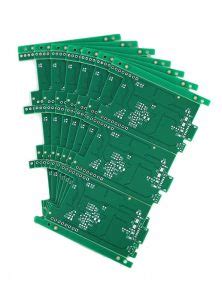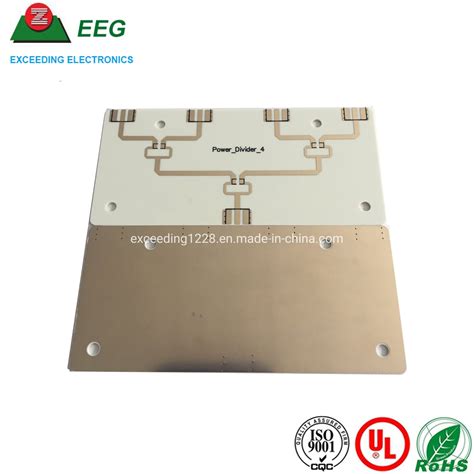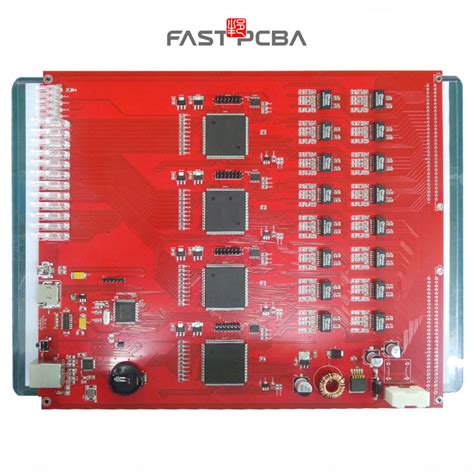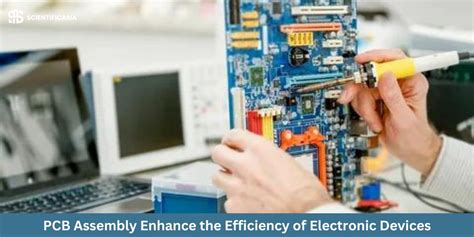PCB Thermal Cycle Testing: Importance, Methods, and Best Practices
Introduction
Printed Circuit Boards (PCBs) are fundamental components in modern electronics, serving as the backbone for electrical connections in devices ranging from consumer electronics to aerospace systems. One of the critical challenges in PCB reliability is ensuring their performance under thermal stress. Temperature fluctuations can cause expansion and contraction of materials, leading to mechanical failures such as solder joint cracks, delamination, and warping.
Thermal cycle testing is a standardized method used to evaluate how PCBs withstand repeated temperature changes, simulating real-world operating conditions. This article explores the importance of thermal cycle testing, common testing standards, methodologies, and best practices to ensure PCB reliability.
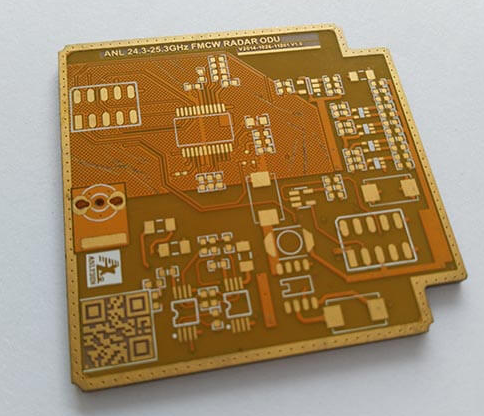
1. Importance of PCB Thermal Cycle Testing
Thermal cycling is essential because electronic devices often experience temperature variations during operation, storage, or transportation. Key reasons for conducting thermal cycle testing include:
1.1 Identifying Material Weaknesses
Different materials in a PCB (e.g., FR-4 substrate, copper traces, solder alloys) have varying coefficients of thermal expansion (CTE). Repeated heating and cooling can induce mechanical stress, leading to failures such as:
- Solder joint fatigue (common in Ball Grid Arrays (BGAs) and surface-mount components)
- Trace cracking due to CTE mismatch
- Delamination of PCB layers
1.2 Ensuring Long-Term Reliability
Many industries (automotive, aerospace, medical) require PCBs to function reliably for years under harsh conditions. Thermal cycle testing helps predict lifespan by accelerating failure modes.
1.3 Compliance with Industry Standards
Various standards (e.g., IPC, JEDEC, MIL-STD) mandate thermal cycling to ensure product robustness before deployment.
2. Thermal Cycle Testing Standards
Several industry standards define thermal cycling procedures, including:
2.1 IPC-9701
- Focuses on solder joint reliability for surface-mount devices.
- Specifies temperature ranges, dwell times, and ramp rates.
2.2 JEDEC JESD22-A104
- Covers component-level thermal cycling.
- Defines test conditions for semiconductor devices.
2.3 MIL-STD-883 (Method 1010.8)
- Used in military and aerospace applications.
- Includes extreme temperature ranges (-65°C to +150°C).
2.4 IEC 60068-2-14
- A general standard for environmental testing of electronic components.
These standards help ensure consistency and comparability of test results across different manufacturers.
3. Thermal Cycle Testing Methodology
A well-designed thermal cycle test involves:
3.1 Defining Test Parameters
Key parameters include:
- Temperature range (e.g., -40°C to +125°C)
- Dwell time (time at each extreme temperature)
- Ramp rate (speed of temperature change, typically 10-15°C/min)
- Number of cycles (can range from 100 to 1,000+ depending on application)
3.2 Test Equipment
- Thermal cycling chambers (capable of rapid temperature transitions)
- Data loggers (to monitor temperature and electrical continuity)
- Microscopes/X-ray inspection (for post-test failure analysis)
3.3 Test Execution
- Pre-test Inspection – Check PCB for initial defects.
- Mounting the PCB – Secure the board in the chamber to avoid vibration-induced failures.
- Cycling Phase – Subject the PCB to repeated temperature changes.
- Intermittent Testing – Periodically check electrical performance (if required).
- Post-test Analysis – Inspect for cracks, delamination, or electrical failures.
3.4 Failure Criteria
A PCB fails thermal cycling if:
- Electrical opens/shorts are detected.
- Visual or X-ray inspection reveals cracks or delamination.
- Resistance measurements exceed allowable thresholds.
4. Common Failure Modes in Thermal Cycling
Understanding failure mechanisms helps improve PCB design:
4.1 Solder Joint Cracking
- Caused by CTE mismatch between PCB and components.
- Common in lead-free solder (SAC305) due to brittleness.
4.2 Copper Trace Fractures
- Repeated stress can crack thin copper traces.
4.3 PCB Warping and Delamination
- Uneven expansion can separate layers in multilayer PCBs.
4.4 Component Failures
- Ceramic capacitors are prone to cracking under thermal stress.
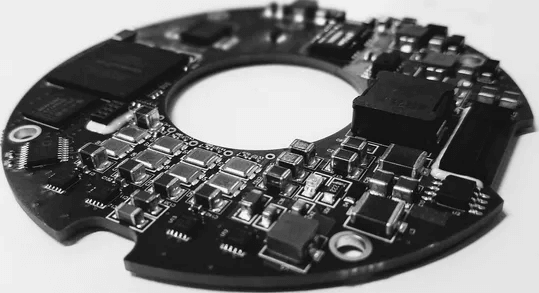
5. Best Practices for Improving Thermal Cycling Performance
To enhance PCB reliability, consider:
5.1 Material Selection
- Use high-Tg (Glass Transition Temperature) materials (e.g., FR-4 with Tg > 170°C).
- Match CTE between PCB and components where possible.
5.2 Design Optimizations
- Avoid sharp corners in traces to reduce stress concentration.
- Use thermal relief pads for better solder joint durability.
- Implement staggered vias to minimize stress in multilayer boards.
5.3 Solder Joint Enhancements
- Use ductile solder alloys (e.g., SAC305 with additives).
- Apply underfill for BGAs to distribute stress.
5.4 Accelerated Testing Strategies
- Increase temperature range to accelerate failures (but avoid unrealistic conditions).
- Use finite element analysis (FEA) to simulate thermal stress before physical testing.
6. Case Study: Automotive PCB Thermal Cycling
Challenge: An automotive PCB (used in engine control units) failed after 500 thermal cycles (-40°C to +125°C).
Root Cause: Solder joint cracks due to CTE mismatch between a BGA and FR-4 substrate.
Solution:
- Switched to a high-Tg laminate.
- Added corner bonding adhesive to reinforce solder joints.
- Modified thermal profile to reduce ramp rate.
Result: PCB passed 1,000+ cycles without failure.
7. Future Trends in Thermal Cycle Testing
- AI-based predictive modeling to reduce physical testing time.
- Advanced inspection techniques (3D X-ray tomography for hidden defects).
- New solder materials with better thermal fatigue resistance.
Conclusion
Thermal cycle testing is a critical step in ensuring PCB reliability, especially in harsh environments. By following industry standards, optimizing design, and selecting appropriate materials, manufacturers can improve product longevity and reduce field failures. As electronics continue to evolve, advancements in testing methodologies will further enhance PCB durability under thermal stress.
Investing in robust thermal cycling validation not only meets compliance requirements but also builds trust in electronic products across industries.

